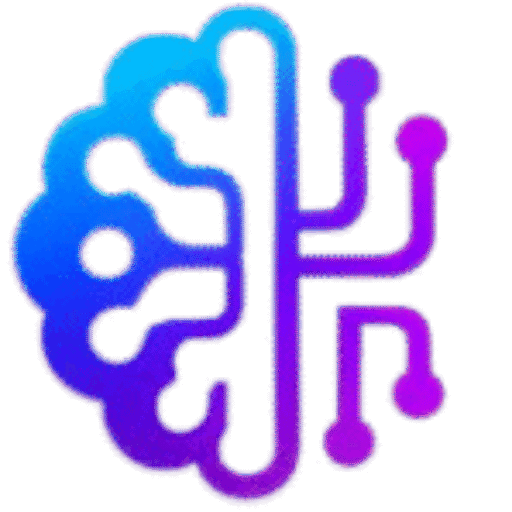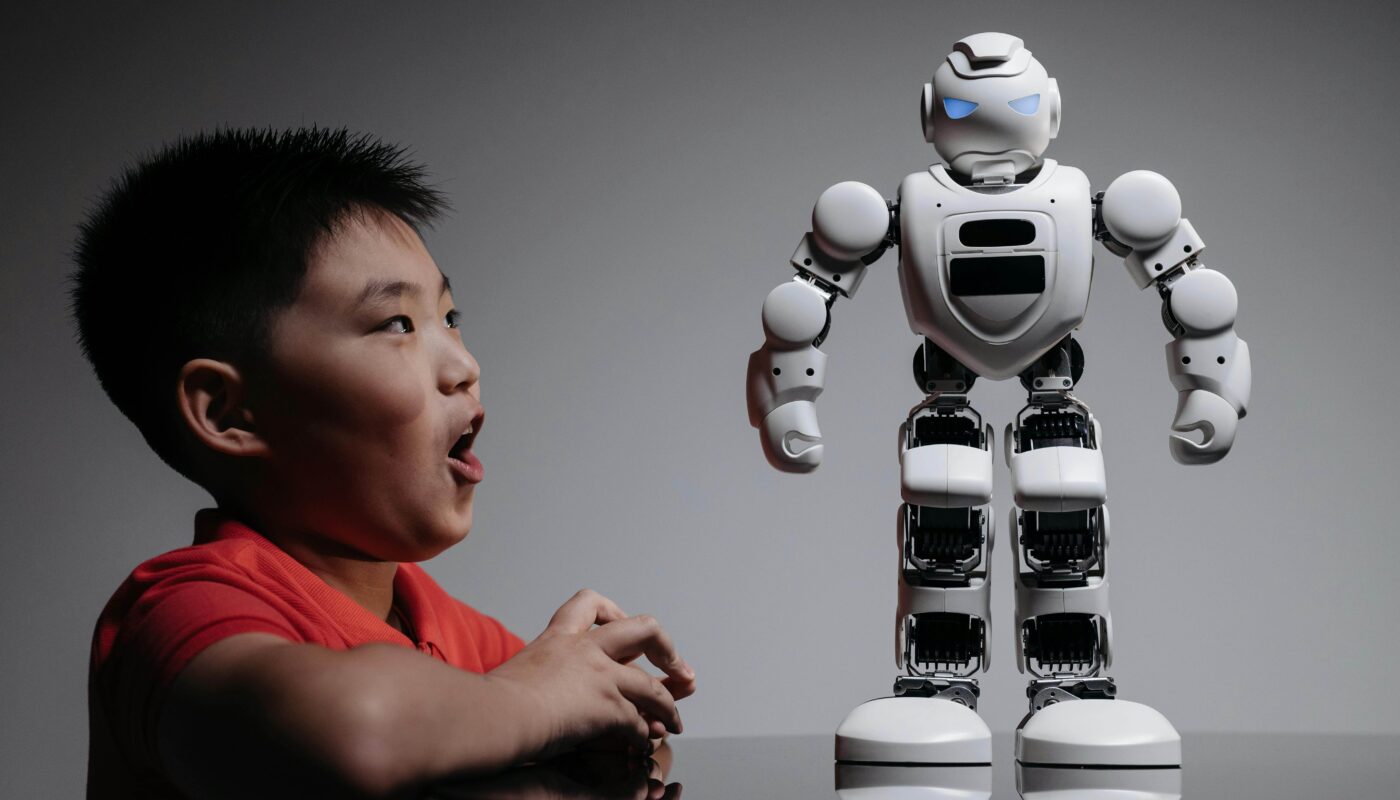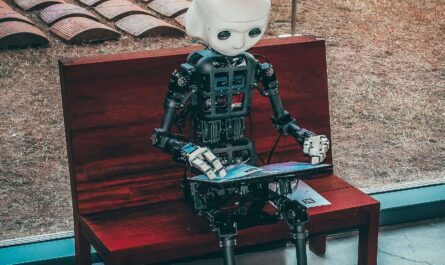How to Automate Asset Generation with AI: A Complete Guide
Introduction
In today’s fast-paced digital world, automation is no longer a luxury — it’s a necessity. Businesses, startups, and even independent creators are constantly looking for ways to save time, cut costs, and improve efficiency. One of the most powerful shifts happening right now is the automation of asset generation with AI.
But what does this mean?
Asset generation refers to creating digital assets such as:
- Blog articles and SEO-friendly content
- Social media graphics and posts
- Product descriptions
- Videos, animations, and marketing reels
- Logos, branding kits, and design templates
- Data-driven reports and dashboards
- Game assets (textures, 3D models, environments)
- Marketing creatives (ads, banners, infographics)
Traditionally, these tasks required specialized designers, developers, and content creators. Now, with AI-powered tools, much of this process can be automated — saving hours of manual work while still maintaining quality.
This guide will take you through:
- What AI asset generation is
- Benefits of automating assets with AI
- Step-by-step framework for automation
- Best AI tools for different asset types
- Real-world case studies
- Challenges and best practices
- Future of AI in asset generation
By the end, you’ll have a complete roadmap to start automating your asset creation process with AI.
1: What is AI Asset Generation?
AI asset generation is the process of using artificial intelligence algorithms (like machine learning, NLP, and computer vision) to create assets that would normally require manual effort.
For example:
- Text Assets: Tools like ChatGPT, Jasper AI, or Writesonic can write blog posts, ad copy, or product descriptions.
- Image Assets: Tools like MidJourney, Stable Diffusion, and DALL·E generate high-quality images, product visuals, and design concepts.
- Video Assets: Platforms like Runway Gen-2 and Synthesia can create video ads or tutorials without human actors.
- Audio Assets: AI can generate music tracks, voiceovers, or sound effects.
- Data Assets: AI can automate data visualization, competitor analysis, and dashboards.
In simple words: AI mimics creativity and logic to produce assets faster, often at a fraction of the cost.
2: Why Automate Asset Generation with AI?
There are five main reasons why businesses and individuals are adopting AI automation:
- Speed & Efficiency
- A 10-page blog can be written in 30 minutes instead of 3 days.
- A design concept can be created in seconds instead of hours.
- Cost Reduction
- Hiring a designer, copywriter, and video editor may cost thousands of dollars. AI tools can handle most tasks for a monthly subscription.
- Scalability
- Brands can create 100s of assets for marketing campaigns in one go.
- Creativity & Innovation
- AI tools like MidJourney often produce unexpected creative designs.
- Consistency
- AI ensures style consistency across assets (fonts, tone, brand voice, etc.).
3: Types of Assets You Can Automate with AI
Let’s break down the main categories of asset automation.
1. Content Assets
- Blog posts
- Landing page copy
- Email marketing sequences
- Product descriptions
2. Visual Assets
- Logos & brand kits
- Banners & infographics
- Social media templates
- UI/UX mockups
3. Video & Motion Assets
- Explainer videos
- Social media reels
- AI avatars for tutorials
- Product demos
4. Audio Assets
- Music for ads and games
- AI voiceovers
- Sound effects
5. Data Assets
- Automated competitor analysis
- Dashboards & reports
- Predictive analytics
4: Step-by-Step Framework to Automate Asset Generation
Here’s a roadmap to follow if you want to start using AI:
Step 1: Identify Repetitive Tasks
Make a list of tasks where your team spends most time. Example: Writing product descriptions, creating ad banners, or generating reports.
Step 2: Choose the Right AI Tool
Not all AI tools are equal. Choose tools that specialize in your asset type.
- Content → Jasper, ChatGPT
- Images → MidJourney, Stable Diffusion
- Videos → Runway, Pictory, Synthesia
- Audio → Murf.ai, Soundraw
- Data → SEMrush, Tableau AI
Step 3: Train AI with Brand Guidelines
Feed AI with your tone of voice, design palette, fonts, and sample assets. This helps it generate assets aligned with your brand identity.
Step 4: Automate Workflow with Integrations
Use tools like Zapier, Make (Integromat), or APIs to automate generation + publishing.
Example: Blog post → Auto-publish to WordPress → Auto-generate image → Auto-share on LinkedIn.
Step 5: Human Review & Refinement
AI speeds up creation, but human editors polish the output.
Step 6: Measure Performance
Check analytics: Which AI-generated ad performs better? Which article ranks? Refine based on results.
5: Best AI Tools for Asset Automation
Here’s a categorized list:
Text & Content Generation
- ChatGPT
- Jasper AI
- Writesonic
- Copy.ai
Image Generation
- MidJourney
- Stable Diffusion
- DALL·E
- Canva AI
Video Generation
- Runway Gen-2
- Pictory
- Synthesia
- Lumen5
Audio Generation
- Murf.ai (voiceovers)
- Soundraw (music)
- ElevenLabs (voice cloning)
Data & Reports
- SEMrush
- SurferSEO
- Tableau AI
- Power BI with Copilot
6: Real-World Examples
- E-commerce
- Shopify stores automate product descriptions + product images.
- AI creates 50 product ads for Facebook in a single day.
- Gaming Industry
- Game studios use Stable Diffusion to generate textures & character concepts.
- Marketing Agencies
- Agencies deliver 100+ blog posts and ad creatives per month with AI.
- Startups
- Instead of hiring full creative teams, startups rely on AI + freelancers.
7: Challenges in AI Asset Automation
- Quality Control: AI sometimes produces errors or irrelevant outputs.
- Originality Issues: Risk of AI generating similar designs for multiple users.
- Ethical & Copyright Concerns: AI-trained on existing datasets may lead to disputes.
- Over-Reliance: Businesses may sacrifice human creativity if they depend only on AI.
8: Best Practices
- Always keep human-in-the-loop for final review.
- Use brand guidelines when training AI.
- Balance automation with creativity.
- Stay updated on AI regulations & copyright laws.
- Test multiple tools before finalizing a workflow.
9: Future of AI in Asset Generation
- AI + AR/VR: Immersive asset generation for the metaverse.
- Real-time Generative Design: Assets generated on the fly during live campaigns.
- Personalized Assets at Scale: Ads customized for each user.
- AI Collaboration with Humans: AI as a creative partner, not a replacement.
Conclusion
Automating asset generation with AI is no longer futuristic — it’s already here. Businesses, creators, and agencies that adopt AI workflows gain a massive competitive advantage by producing high-quality content, visuals, and campaigns faster and cheaper than ever.
The key is to choose the right tools, automate wisely, and keep humans involved for creativity and quality control.
If you start today, you’ll be ahead of 90% of your competitors who are still doing everything manually.
Explore More Guides on AI for Product Designers
If you found this guide helpful, check out these related blogs:
- Top 10 Best AI Tools for Product Designers in 2025
- How AI Is Revolutionizing Product Design: A Beginner’s Guide
- The Future of AI in Creative Industries: Opportunities and Challenges
- AI Competitor Analysis: How to Stay Ahead in Product Design
These resources will give you a deeper understanding of how AI can reshape your creative and design workflows.





